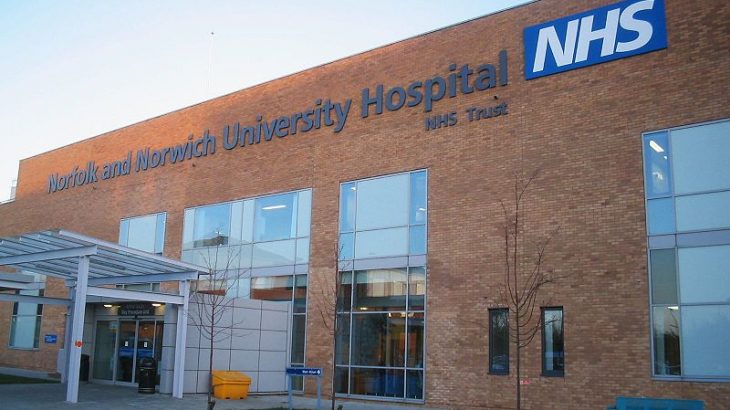While NHS hospitals across the United Kingdom miss their targets, severe winter approaches. Luckily a new flu test that only takes 20 minutes and a throat swab could help. As the CobasLiat test is administered at NHS trust hospitals, it has been helping avoid unnecessary admissions and freeing up beds. However, Public Health England warns that there is not sufficient data to support the success of the pilot tests.

Normally hospital patients have to wait for their flu tests to be sent to a laboratory, taking several days to get the results back. Often this means that the patient is put into isolation, which turns out to be unnecessary, affecting the management of beds significantly.
This could greatly help NHS trust hospitals in meeting their goals. Out of 157 hospitals across the United Kingdom, 29 of them had not hit a single target for the last year, with Wales and Northern Ireland performing the worst. All five of Northern Ireland’s trusts failed to meet their targets, and Wales has met none of theirs for at least five years.
The new test may not only save room in hospital beds, but it might also save a lot of money as well. According to Roche Diagnostics, the test’s manufacturer, the test could save the NHS as much as £24 million a year if it were implemented across England.
But Public Health England has said that there is not “robust data” on the test. There are many tests going on to the market, they said, and while early adopters—Norfolk and Norwich University Hospitals NHS Foundation Trust—have found benefits of the tests, there has been no national assessment of their success or cost-effectiveness.
According to Roche Diagnostics, the test can detect over 40 types of influenza, including A and B, as well as seven respiratory syncytial viruses, which are leading causes of respiratory disease.
Norwich and Norfolk University hospitals found that our of 277 tests conducted in four months after they began testing in January, 46 percent, or 128 of the tests came back positive. This led to more efficient use of beds and rooms, and quicker diagnoses.
Used beds dropped from an average of 11 to two after the use of the test. The mean number of patients with the flu dropped from 12.3 to 2.7 during the period tests were used.
However effective the tests may be, it comes at a good time for NHS hospitals. A firm of medical negligence solicitors explains that winter is a difficult season for NHS hospitals, they are inundated with patients. Chief executive of NHS, Chris Hopson, warned that the approaching winter would be worse than last year’s.
“The pressure on A&E services and the knock-on impact this is having in other parts of the health and care system, coupled with higher levels of staff vacancies, will put services under significant strain this winter.”
Meanwhile, the trust estimates that it could save £142,555, before the cost of test kits. £104,125 of this money comes from saved day bed stays while £7,560 comes from blocked bed stays. In addition, £30,870 would come from avoiding unnecessary admissions.
In addition, the CobasLiat test has been implemented in the emergency and acute assessment unit at London’s Kingston Hospital NHS Foundation Trust. It is in an area with a high elderly population, where the impact of the flu season is more severe and acute. They began using the test after a large number of patients were unnecessarily isolated during the flu seasons of 2016 and 2018.
The trust carried out 1,526 tests over a period of 19 weeks and 479 came out positive. This is less than a third, which conflicts with the other, more positive tests. 65 percent of discharges did not require isolation if other risks were ruled out.
These numbers are more in line with what Public Health England has warned of, that there is not currently adequate numbers on the tests. Still, with the approaching winter being harsh and the test helping hospitals determine whether a patient has the flu, it can help get patients treated and discharged more quickly. It depends primarily on if other precautions are taken and it is determined that the patient does not have something more severe requiring more extensive treatment.






